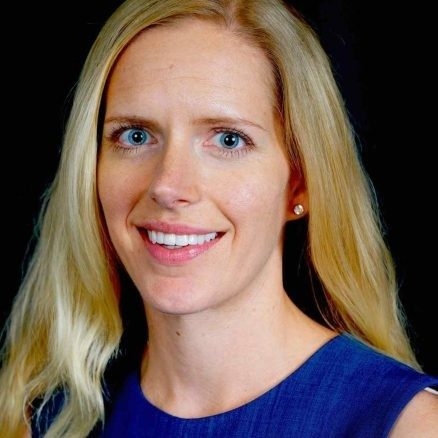What can we do about global plastic pollution?
November 5, 2020

By Michelle Hilleary
Plastic pollution is a new hot issue in global sustainability, and the debate is quickly moving from the sphere of science into international trade and politics. The United Nations Conference on Trade and Development (UNCTAD) observes that nearly 75% of coronavirus-related plastic, such as single-use masks, gloves, hand sanitizer bottles, and food packaging, will end up in landfills and oceans. That, in turn, will have a detrimental effect on fisheries, tourism, and maritime transport, adding up to $40 billion each year, according to the UN Environment Programme. Decisions made now regarding plastic pollution leave lasting impacts that will endure for generations.
I was part of an international group of scientists whose study of the environmental and economic effects of growing plastic waste was published by the journal Science in September. Below is a summary of our findings released by Science.

“Eight million metric tonnes (MT) is commonly used as the estimate of plastic waste entering the ocean annually. A new study published in Science suggests that even if governments around the world adhere to their ambitious global commitments, and others join in efforts to curb plastic pollution, annual plastic emissions may increase to 53 MT of plastic waste to oceans, lakes, and rivers by 2030.
The research was published in the September 18, 2020 issue of the journal Science and is led by an international group of experts funded by the National Science Foundation through the National Socio-Environmental Synthesis Center (SESYNC). The objective of this work was to evaluate the level of effort needed to achieve a global reduction target for plastic pollution.
The expert working group modelled future scenarios to achieve a global reduction target of less than 8 MT by 2030 using existing mitigation strategies: reducing plastic waste (which includes bans), improving waste management, and recovery (i.e., clean-up) from the environment. Even with parallel efforts in all three solutions, the level of effort is enormous: 25–40% reduction in plastic waste across all economies, increasing the level of waste management from 6% to 60% in low-income economies, and clean-up of 40% of annual plastic emissions. To put this final number into people-power, the clean-up effort alone would require the efforts of at least 1 billion people participating in Ocean Conservancy’s International Coastal Cleanup—a Herculean task given this is 660 times the effort of the 2019 clean-up. These findings emphasize that unless growth in plastic production and use is halted, a fundamental transformation of the plastic economy to a circular framework, where end-of-life plastic products are valued rather than becoming waste, is essential.”

As we emphasize in the study, even in the best case (ambitious global commitments) scenario we modeled, annual plastic pollution emissions in 2030 is a Giants Stadium full of plastic waste every day! That's 64.5 million cubic feet a day going into our waterways. Such tremendous amounts of plastic waste affect all of us, and I encourage students of sustainability to understand the challenges and opportunities that exist and use their education and leadership to find effective solutions.

Dr. Hilleary is an ecologist, decision analyst, professional coach, and expert in international cooperation in water and natural resource management. She worked for the U.S. Fish & Wildlife Service and the U.S. Army Corps of Engineers in a variety of roles, developing training programs, managing international capacity development projects, leading bilateral cooperation, and supervising a team of experts to deliver international species conservation programs. Dr. Hilleary also provided leadership coaching as a Federal Internal Coach. Dr. Hilleary received her Ph.D. from the University of Wisconsin-Madison in Botany, researching impacts of climate and policy changes on Tibetan yak herding livelihoods and alpine meadow plant biodiversity in Northwest Yunnan province, China.


